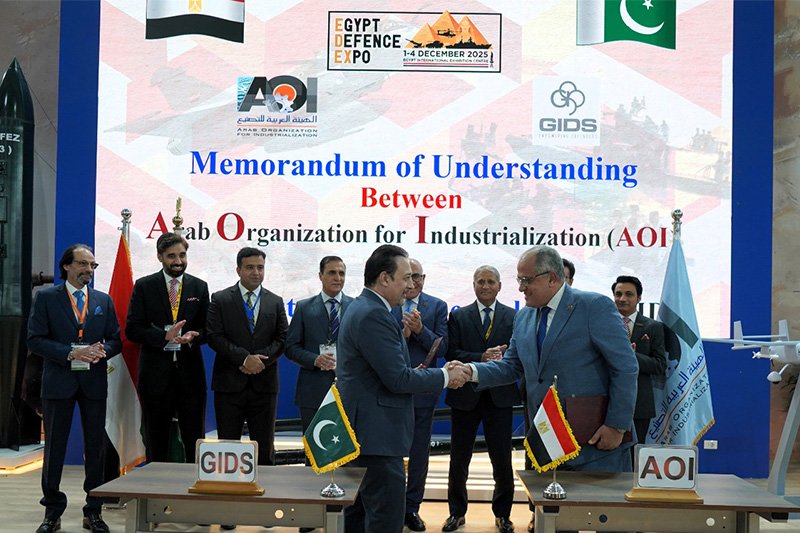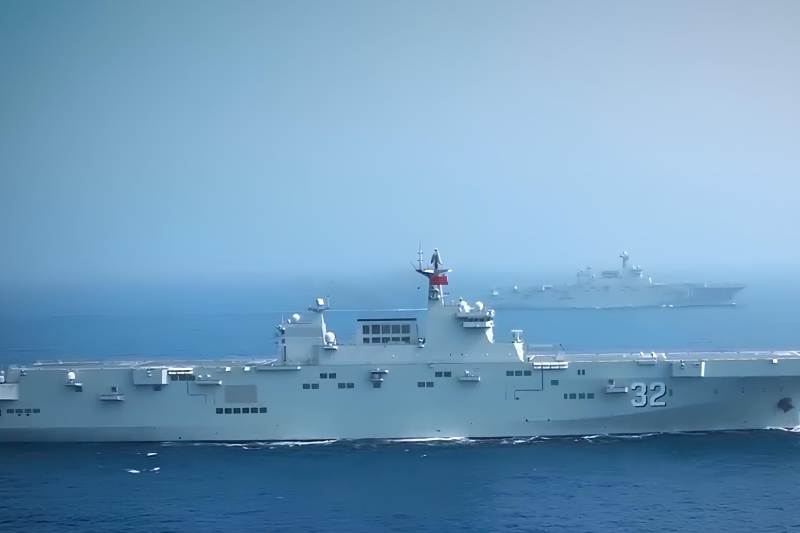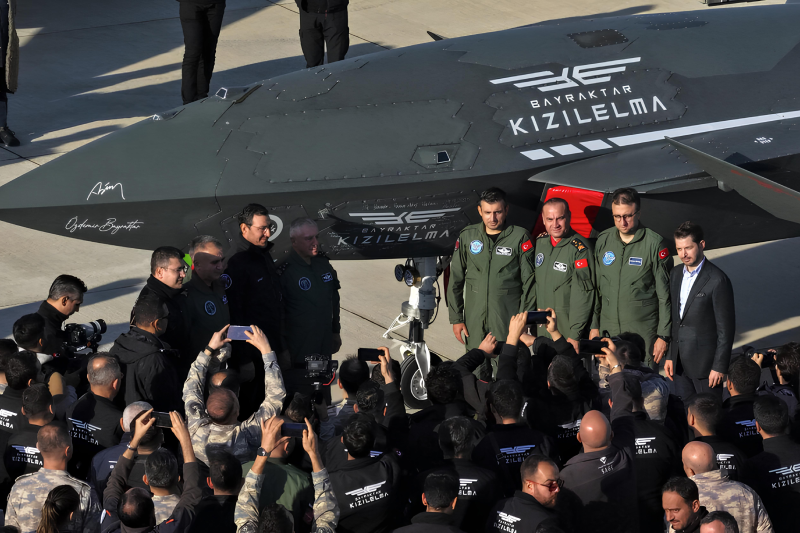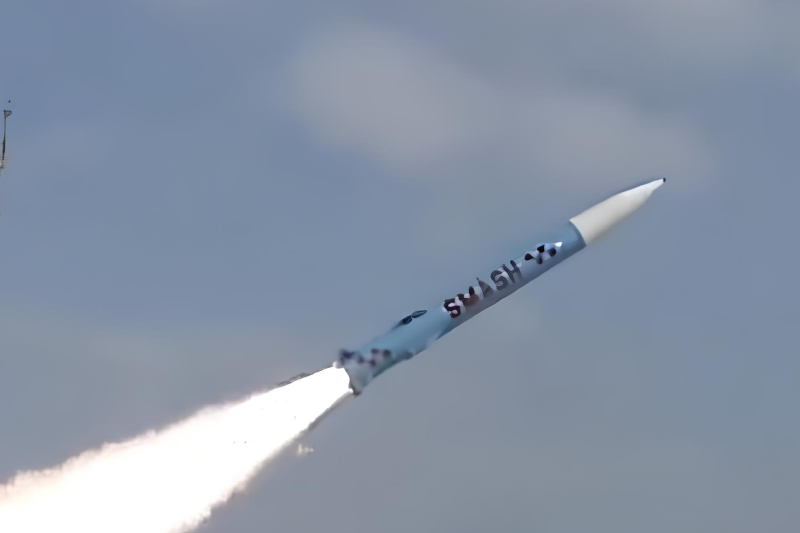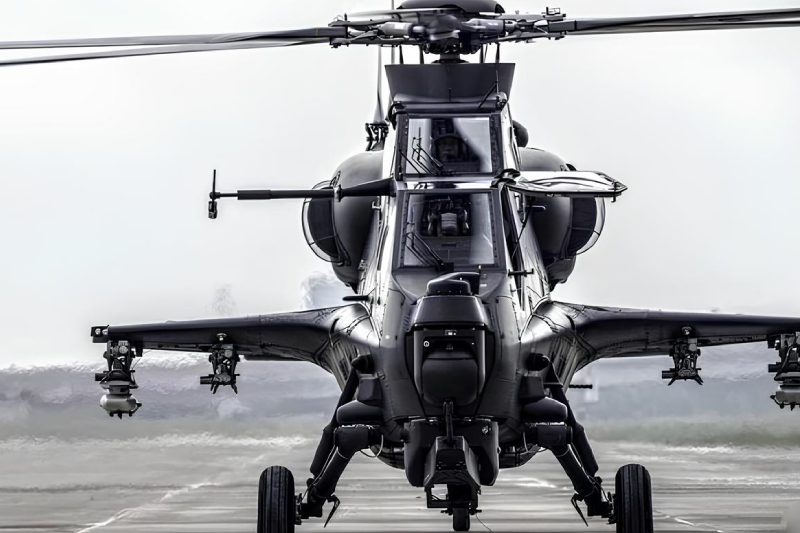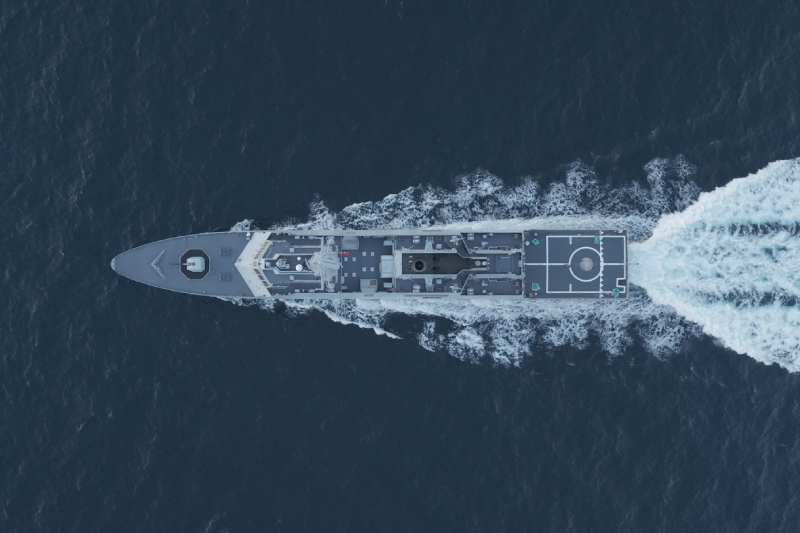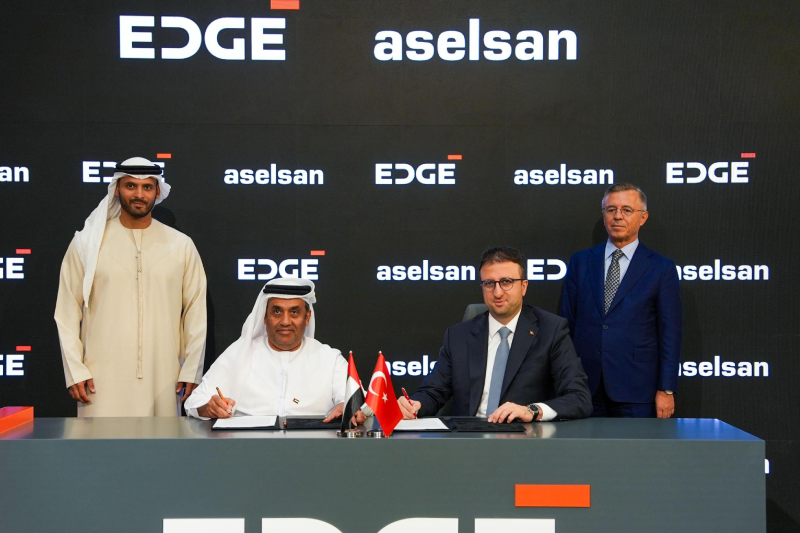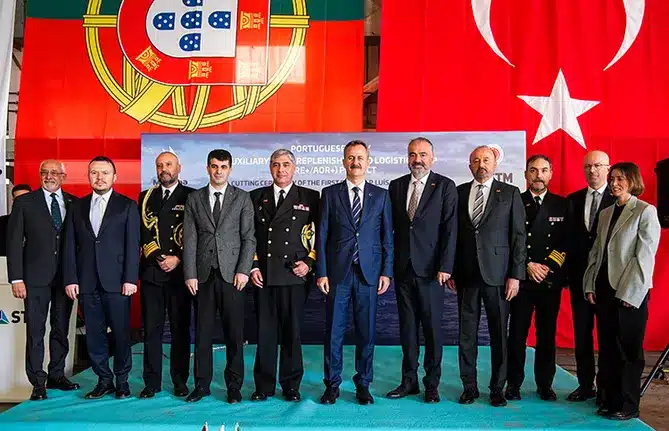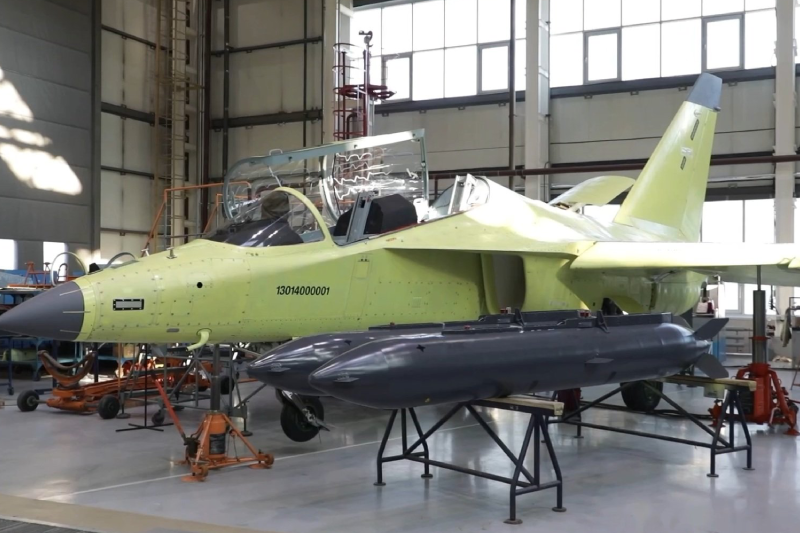Russia Unveils Modernized Yak-130M Combat Trainer
Russia’s United Aircraft Corporation (UAC), part of state defense conglomerate Rostec, has unveiled the first prototype of the modernized Yak-130M combat trainer, which will soon begin comprehensive ground and flight testing at the Irkutsk Aviation Plant. The advanced aircraft represents a significant upgrade over the baseline Yak-130 platform, adding light combat capabilities while retaining full training functionality for fourth- and fifth-generation fighter pilots. The Yak-130M combat trainer modernization program transforms the proven training platform into a dual-role aircraft capable of advanced pilot training and combat operations including air-to-air interception, precision strike missions, and unmanned aerial vehicle engagement.
First Prototype Completion
The United Aircraft Corporation has completed the first Yak-130M prototype, marking a critical milestone in the modernization program designed to enhance the combat potential of Russia’s primary jet trainer. The prototype will undergo comprehensive ground trials to verify newly integrated systems before proceeding to flight testing phases.
Two additional aircraft are currently under assembly as the program progresses toward operational capability. This multi-aircraft development approach enables parallel testing activities that accelerate program timelines while providing backup assets if technical issues arise during testing.
Experimental Design Program Framework
The Yak-130M is being developed under an experimental design program that emphasizes combat capability enhancement while preserving training functionality. This balanced approach ensures the aircraft continues meeting pilot training requirements while gaining operational combat capabilities.
Built by the Yakovlev Design Bureau, the prototype represents systematic evolution of proven design foundations rather than completely new development. This evolutionary approach reduces technical risks while leveraging existing production infrastructure and operational experience.
Ground Testing Verification Phase
The prototype will undergo ground trials at the Irkutsk Aviation Plant to verify performance of newly integrated and upgraded systems before first flight. Ground testing validates system functionality, integration effectiveness, and safety parameters essential for flight operations.
Comprehensive ground testing reduces flight test risks by identifying and resolving technical issues before airborne operations commence. This systematic approach ensures the aircraft meets safety standards while confirming system performance matches design specifications.
Dual-Role Capability Development
Rostec stated the modernization transforms the Yak-130 into a dual-role aircraft capable of advanced training and light combat operations. This versatility maximizes platform utility by enabling single aircraft types to fulfill multiple mission requirements across training and operational squadrons.
The dual-role concept proves particularly valuable for air forces with limited budgets or aircraft inventories, enabling training assets to contribute to operational missions during crisis situations. This flexibility enhances overall force effectiveness while reducing total fleet requirements.
Advanced Weapons Integration
The modernization enables the Yak-130M to carry air-to-air missiles and precision air-to-surface munitions guided by satellite and laser systems. This weapons integration provides legitimate combat capabilities against both aerial and ground targets across diverse operational scenarios.
Air-to-air missile capability enables defensive counter-air operations and training in beyond-visual-range engagement tactics. Precision-guided surface attack weapons support close air support, interdiction, and strategic strike missions requiring accurate munitions delivery.
Training Functionality Preservation
Rostec emphasized that the new aircraft retains all capabilities for training combat pilots while acquiring combat aircraft qualities. This preservation ensures the Yak-130M continues fulfilling its primary training mission without compromise from combat capability additions.
The maintained training effectiveness proves essential as the aircraft continues serving as the primary advanced trainer for Russian Air Force pilots transitioning to fourth- and fifth-generation fighters. Combat capabilities enhance training realism by enabling employment of operational weapons systems.
UAV Interception Capability
The Yak-130M will be capable of performing missions such as intercepting unmanned aerial vehicles, addressing growing operational requirements in current conflict environments. UAV threats have proliferated across modern battlefields, creating demands for cost-effective interception platforms.
The aircraft’s performance characteristics prove well-suited for engaging slower, lower-altitude UAVs where supersonic fighters operate inefficiently. This specialized capability enables more economical UAV defense operations while freeing advanced fighters for missions requiring their superior performance.
Fourth and Fifth-Generation Training Support
The aircraft remains suited for training pilots of fourth- and fifth-generation fighters, maintaining compatibility with advanced fighter training curricula. This training effectiveness ensures smooth pilot transitions from training to operational aircraft without capability gaps.
The Yak-130M’s modern avionics and performance characteristics closely replicate operational fighter systems and flight characteristics. This similarity reduces transition training requirements while ensuring pilots develop appropriate skills and tactics before operational assignments.
BRLS-130R Radar Integration
The Yak-130M is equipped with the BRLS-130R radar system, providing advanced target detection and tracking capabilities essential for both training and combat operations. Modern radar integration enables realistic training in sensor employment while supporting operational engagement capabilities.
The radar system enables detection and engagement of aerial targets while supporting ground mapping and targeting functions. This multi-mode capability ensures versatility across varied mission profiles from air defense to ground attack operations.
SOLT-130K Targeting System
The aircraft incorporates the SOLT-130K optical and laser targeting system, enabling precise target designation for laser-guided munitions. This electro-optical system provides backup targeting capabilities independent of radar systems while enabling covert target acquisition.
Optical targeting proves particularly valuable in electronic warfare environments where radar emissions face jamming or detection risks. The laser designation capability ensures compatibility with precision-guided munitions requiring terminal guidance illumination.
President-S130 Self-Protection Suite
The Yak-130M features the President-S130 self-protection suite, providing electronic warfare and countermeasure capabilities against modern air defense threats. This defensive system enhances aircraft survivability in contested environments through threat warning and active countermeasures.
The self-protection integration reflects recognition that light combat aircraft require defensive capabilities when operating in hostile airspace. Modern air defense systems pose significant threats even to supporting aircraft, necessitating comprehensive defensive measures.
KSS-130 Communications Complex
The aircraft integrates the KSS-130 communications complex, enabling secure communications and data link connectivity with other platforms and command facilities. Modern communications prove essential for coordinated operations and networked warfare concepts.
Advanced communications enable the Yak-130M to participate in network-centric operations where multiple platforms share sensor data and coordinate engagement activities. This connectivity enhances tactical effectiveness while enabling integration with broader air operations.
All-Weather Operational Capability
The newly integrated systems enable the aircraft to conduct both training and combat missions around the clock and in challenging weather conditions. This all-weather capability dramatically expands operational flexibility compared to fair-weather-only platforms.
Night and adverse weather operations prove essential for modern military aviation where operations cannot cease due to environmental conditions. The comprehensive sensor suite enables effective operations across varied visibility and weather scenarios.
Domestic Production Emphasis
Rostec emphasized that much of the new equipment was produced within the corporation’s own industrial network, demonstrating efforts to maintain domestic production lines despite international sanctions. This indigenous production capability ensures continued system development and sustainment independent of foreign suppliers.
The domestic production approach reflects sanctions impacts on Russian defense industry access to foreign components and technologies. Self-sufficiency in critical systems ensures program continuation regardless of international political considerations or export restrictions.
Also read this: Turkiye’s Delivers New Batch Of FPV Drones to Kosovo
Flight Testing Timeline
Once ground testing concludes, the aircraft will proceed to flight trials to confirm enhanced performance and new combat capabilities. Flight testing validates actual flight characteristics while confirming systems operate effectively under dynamic conditions.
The flight test program will systematically evaluate performance across the operational envelope including weapons employment, sensor operation, and defensive system effectiveness. This comprehensive evaluation ensures the aircraft meets operational requirements before service introduction.
Strategic Force Multiplication
The Yak-130M represents strategic force multiplication for the Russian Air Force by transforming training assets into operational capabilities during crisis situations. This dual-role approach maximizes available aircraft utility while reducing requirements for dedicated light attack platforms.
The concept proves particularly valuable during large-scale conflicts where all available assets contribute to operational missions. Training aircraft with combat capabilities provide additional capacity for secondary missions including reconnaissance, patrol, and limited strike operations.
Keep connected with us at Facebook, Twitter, YouTube, Instagram & TikTok for latest defense happening around the globe.
Discover more from International Defence Analysis
Subscribe to get the latest posts sent to your email.


